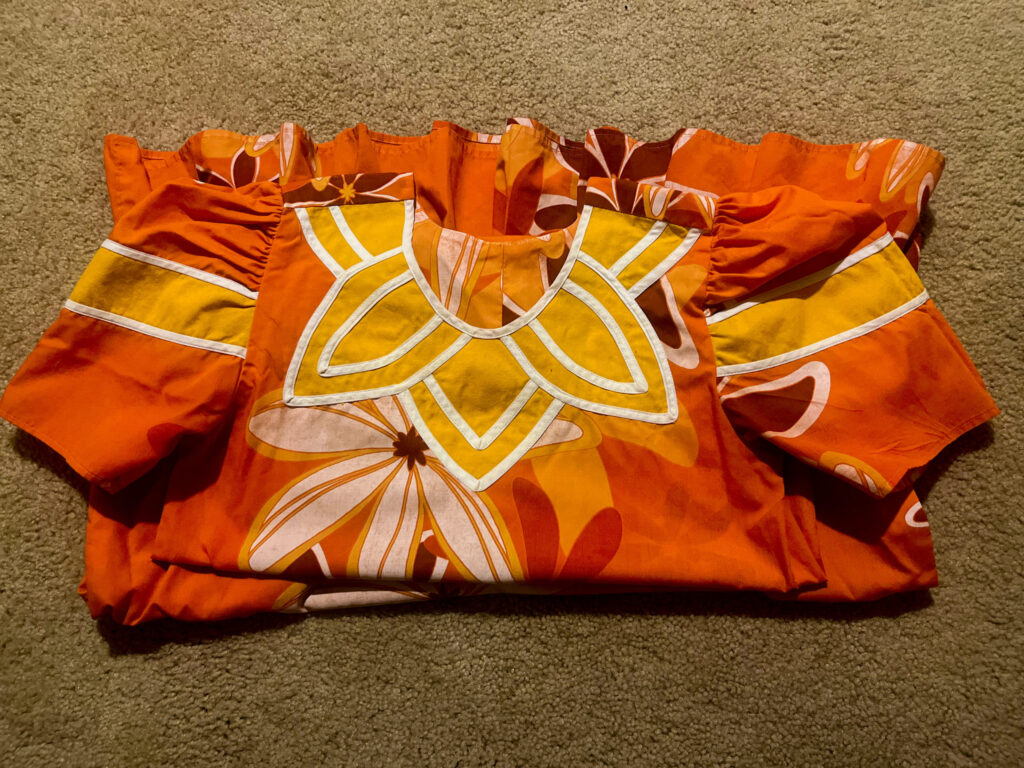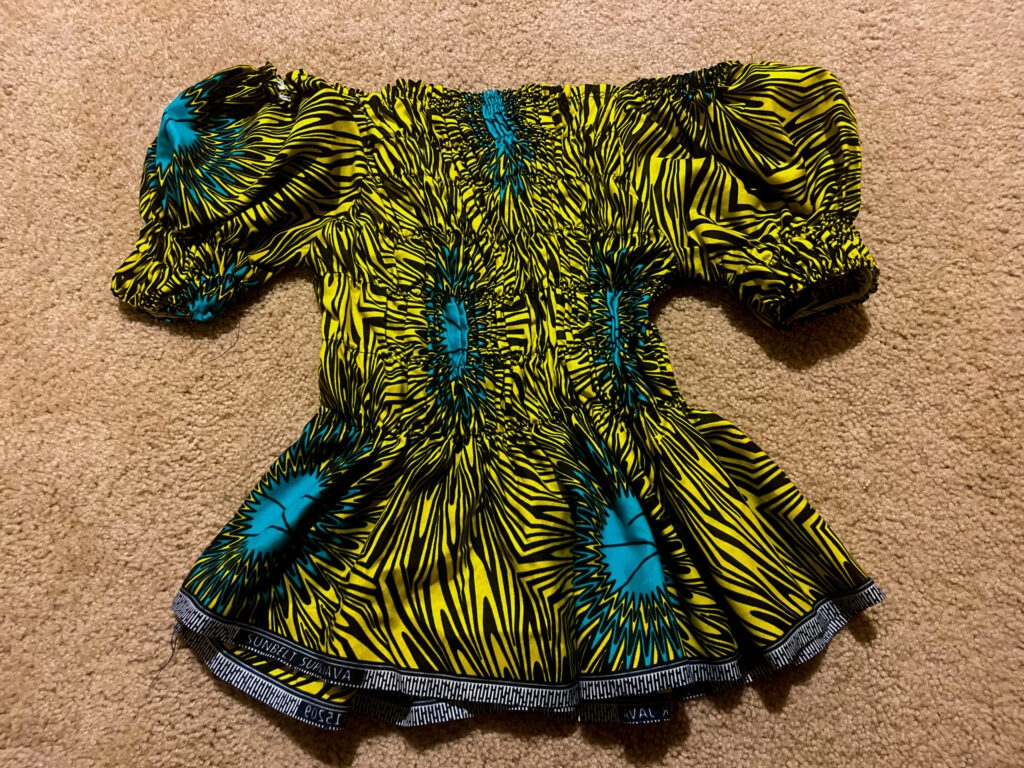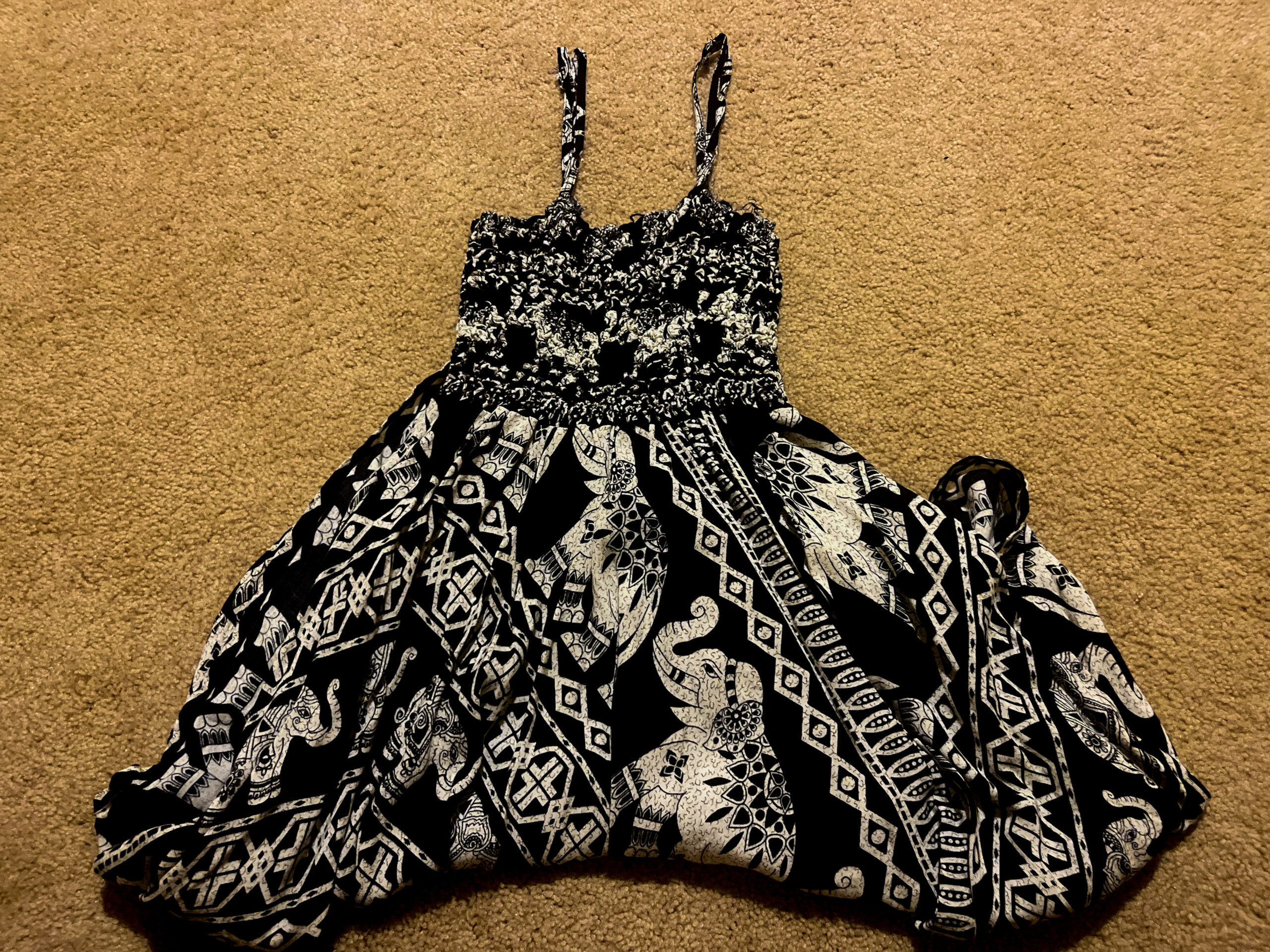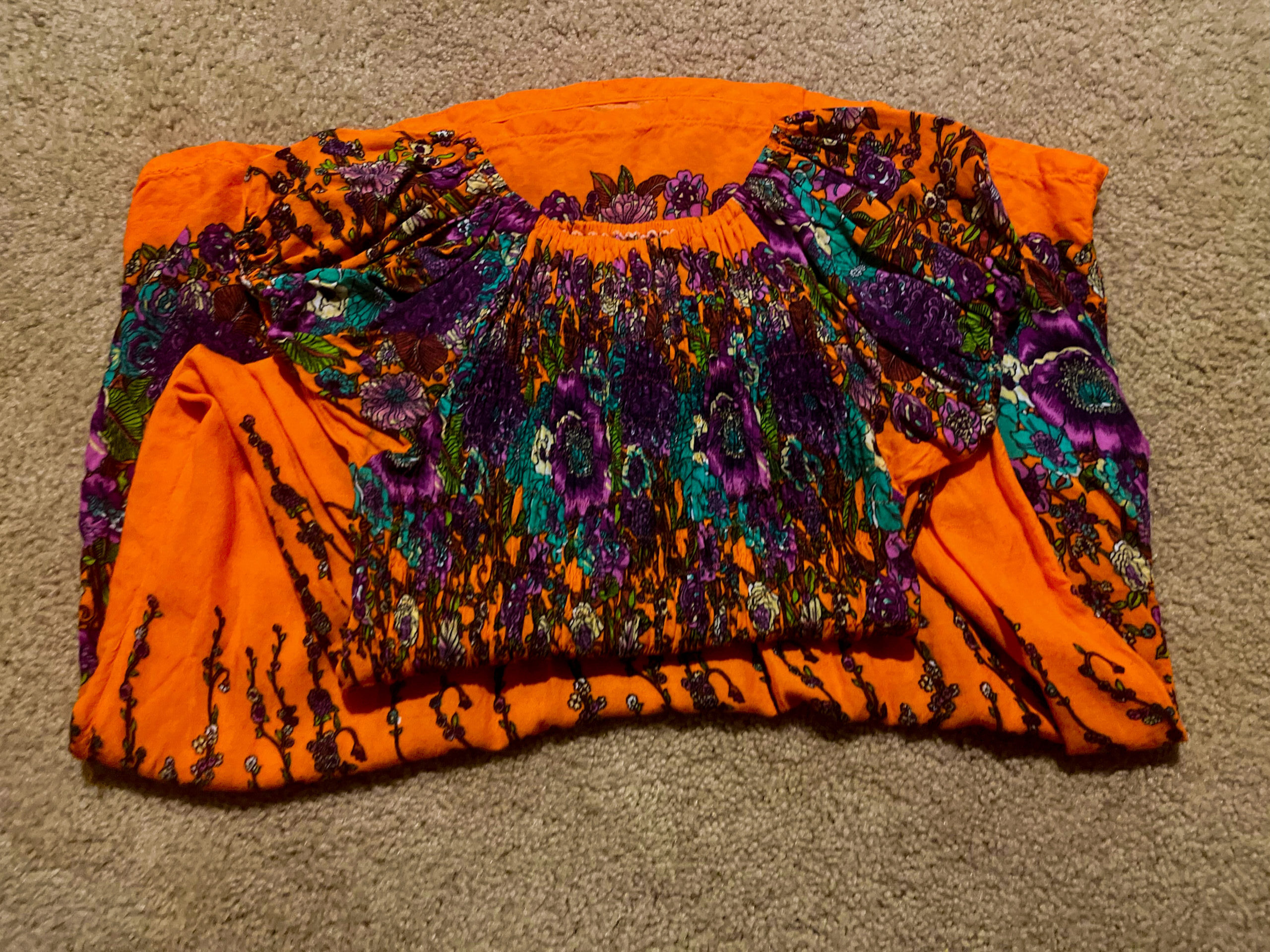Uganda is a landlocked country located in East Africa. A former colony of Great Britain, the country gained independence in 1962 and is currently a democratic parliamentary system. The country is well known for its vast array of wildlife and ethnic diversity. Although English is the country’s official language, Swahili and Luganda are also widely spoken. Additionally, there are three major indigenous language families, Bantu, Central Sudanic, and Nilotic. As one of the most ethnically diverse countries, Uganda has a bounty of ethnic groups. The major ones include the Bantu (believed to have originated from South Western parts of Africa) who have several smaller groups that make up the majority of the population which are the Bagabda, Bunyoro and Batoro, the Nilotic people (believed to have originated from Rumbek in South Sudan), the Nilo Hamites (believed to have originated from the northeastern part of Ethiopia). European and Asian minorities are also found across the country as a result of colonization that brought people from other British colonies to the country. The vibrant ethnic diversity makes Uganda’s culture a mesh of various other cultures
Chapati
(Serving Size: 6 Chapati)
Chapati arrived in Kenya during the colonial period when the British government imported Indian laborers to build railroads throughout East Africa. Many laborers remained and became merchants who sold their wares to Kenyans. Kenyan Chapati are mostly made from plain/all purpose flour and not the wheat flour we use for Indian roti or parathas.
Ingredients
- 2½ cups all purpose flour
- 1 tsp salt
- 1 tbsp sugar
- 3 – 5 tbsp oil (olive oil)
- 1¼ cup warm or hot water (using hot water makes the bread softer)
- 6-8 tsp ghee, butter or oil
- extra flour for dusting
- 6 tsp oil for roasting 9 (olive oil)
Directions
PREPARATION OF KENYAN CHAPATI
- Divide the dough into six parts. Roll each part into a ball.
- Cover the balls with a damp cloth. Allow them to rest for 10-15 minutes.
- Dust the worktop with some flour.
- Roll one dough ball out into a circle about 6-7 inches in diameter.
- Smear about 1 tsp solid ghee or butter all over the rolled dough.
- Sprinkle a bit of flour all over.
- Fold the rolled dough into a fan shape. Check out the video.
- Then roll it into a spiral shape.
- Allow the dough to rest for 10 minutes. In the meantime can roll and shape the remaining 5 dough balls.
- Dust the worktop with some flour.
- Take one of the spiral dough and roll it out flat into a circle of about 6-7 inches in diameter.
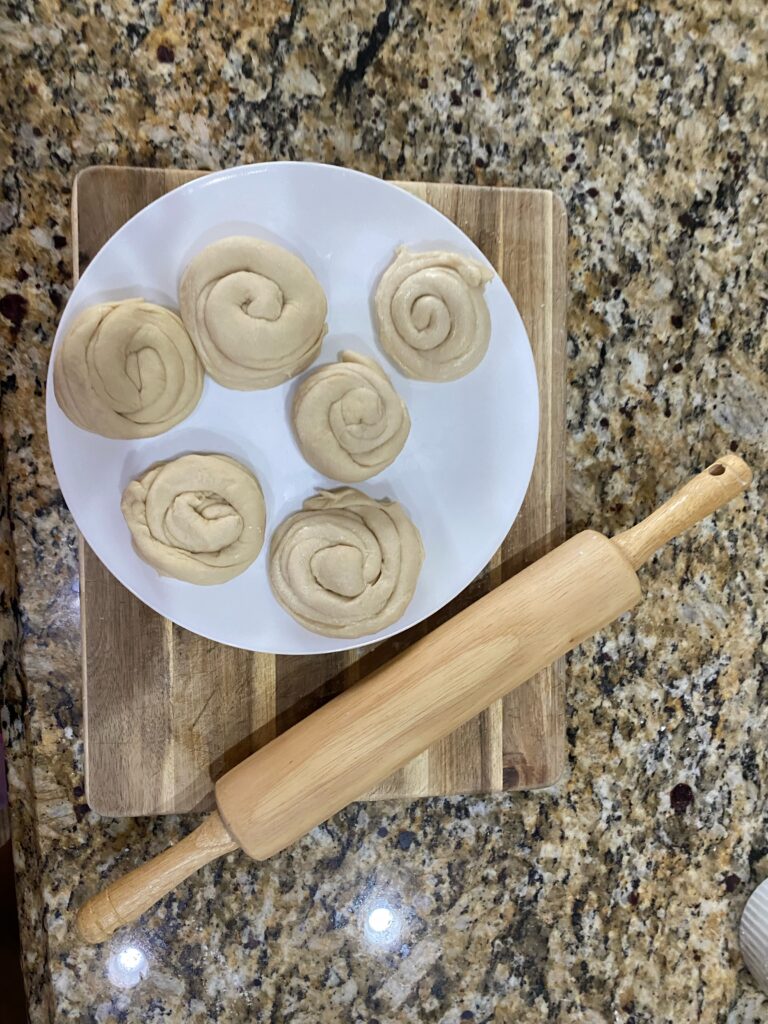
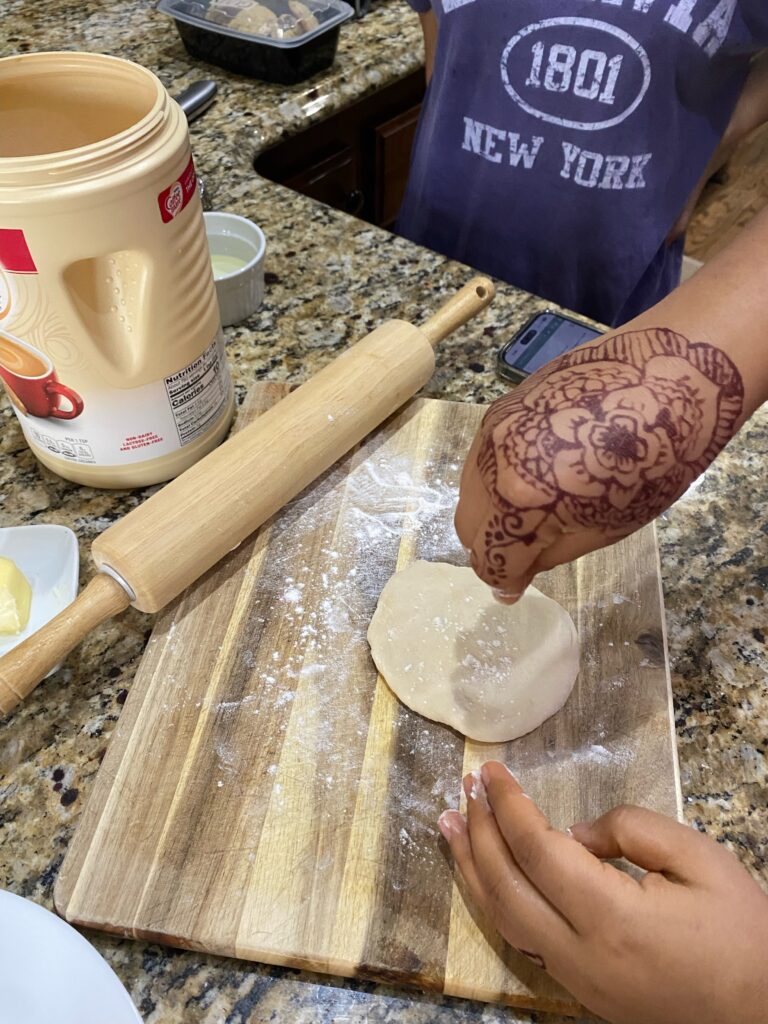
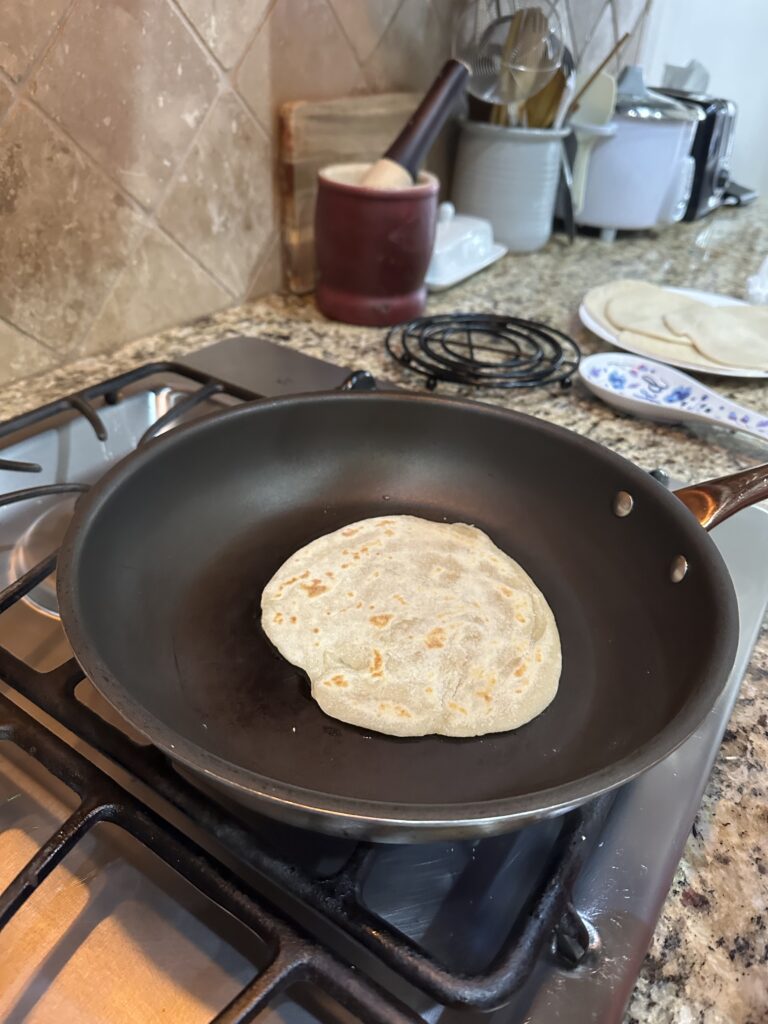
ROASTING KENYAN CHAPATI
- Heat a griddle, tawa, or frying pan over medium heat.
- Place the rolled out chapati over the griddle. Allow it roast for 1-2 minutes.
- Flip it over and allow the other side to roast for 1-2 minutes.
- Smear about 1 tsp oil, ghee or butter all over the top side. Flip it over.
- Roast or cook till brown specks appear.
- Smear oil, ghee or butter on the top dry side.
- Flip and roast. Roast till the chapati is done. Should see brown specks all over the chapati and some of the layers should come apart.
- Repeat the same with the remaining dough.
- Serve hot Kenyan Chapati with your favorite curry or stew. Or serve it hot with some tea.
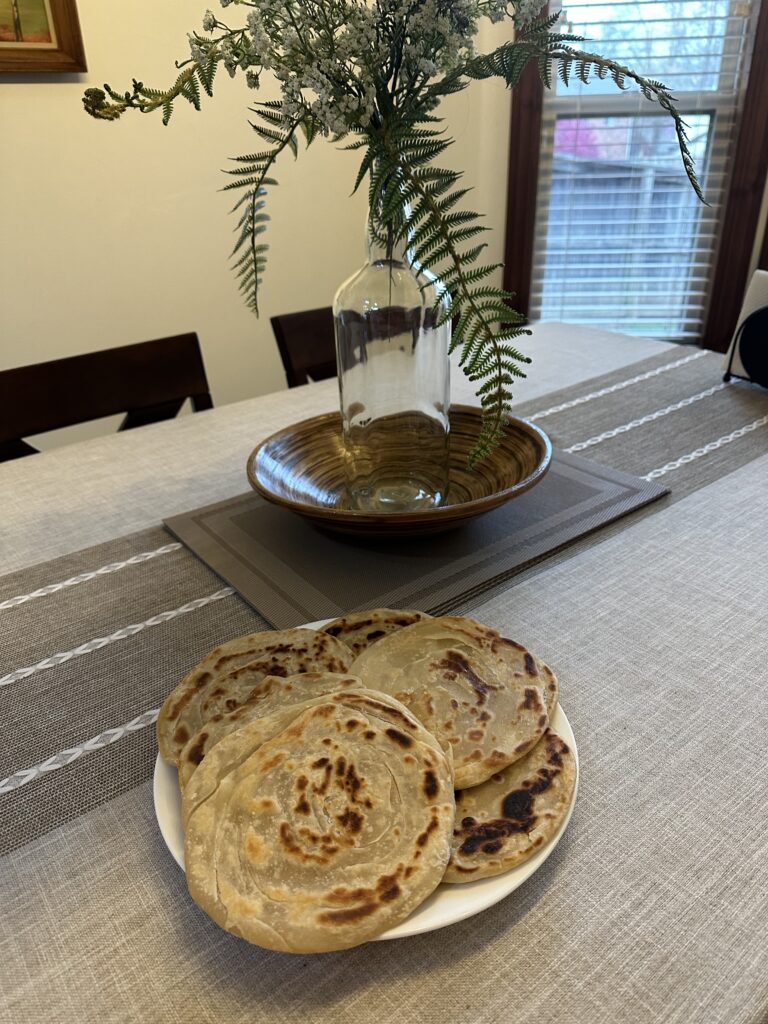
Below are some African print attire. There are many different unique patterns to them and have bright vibrant colors to them most of the time.
